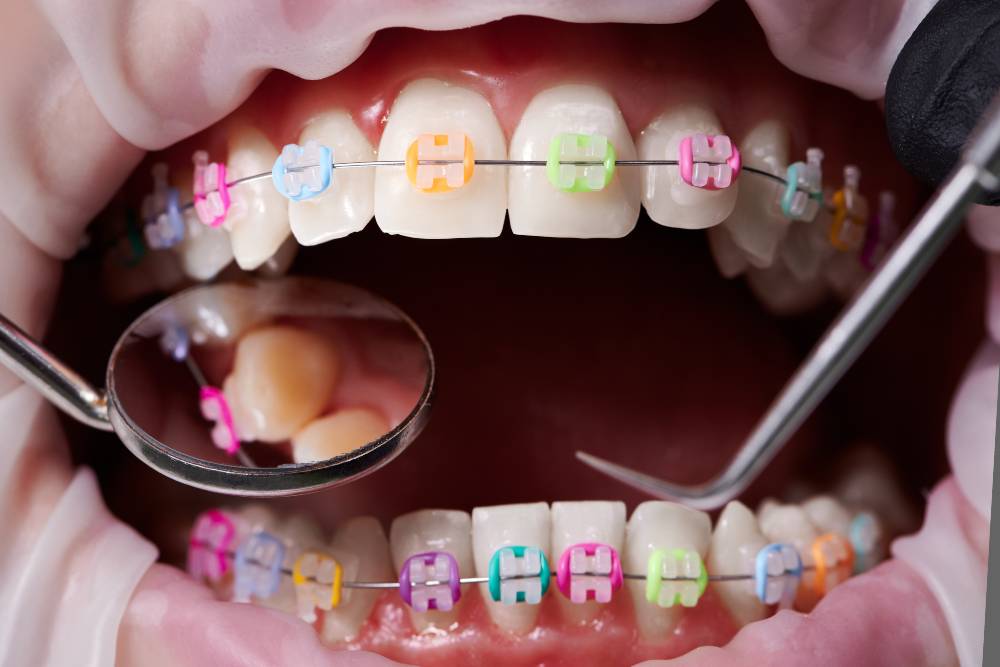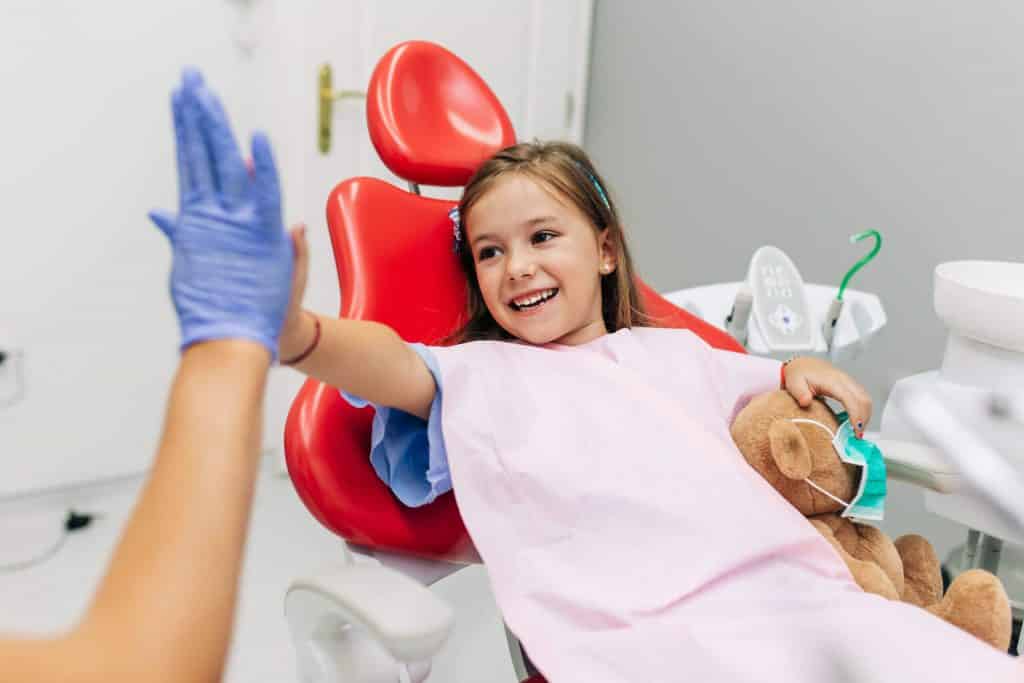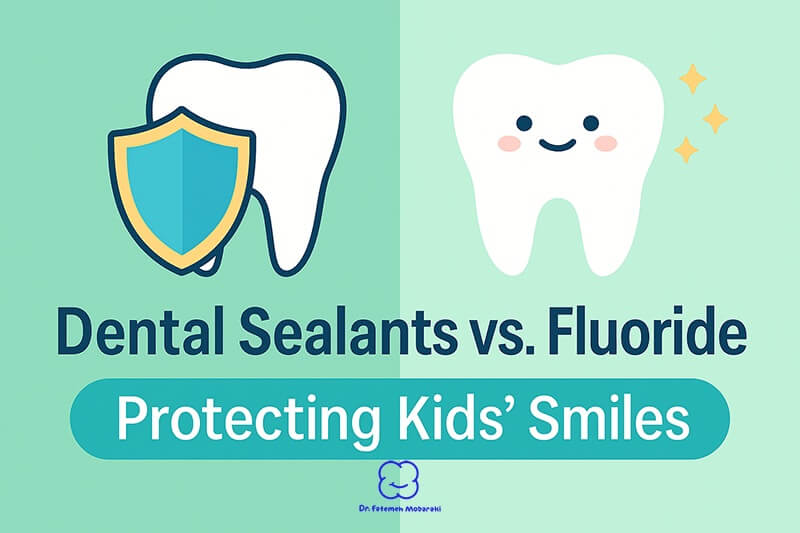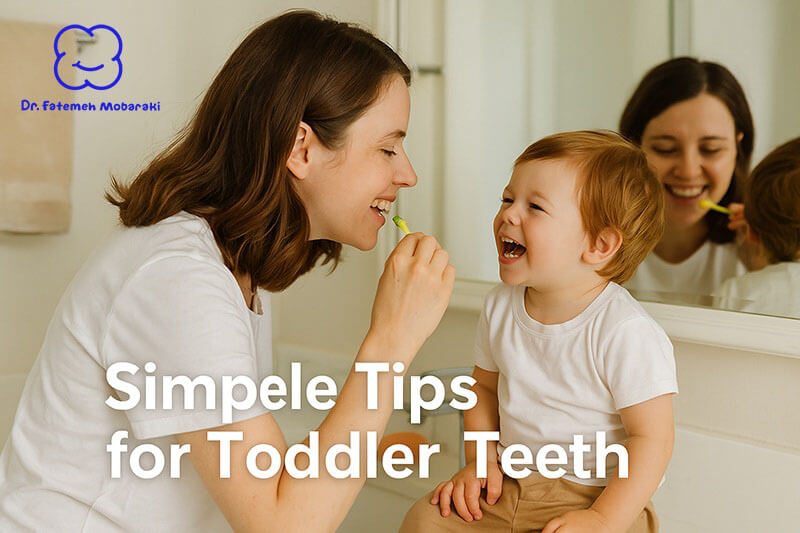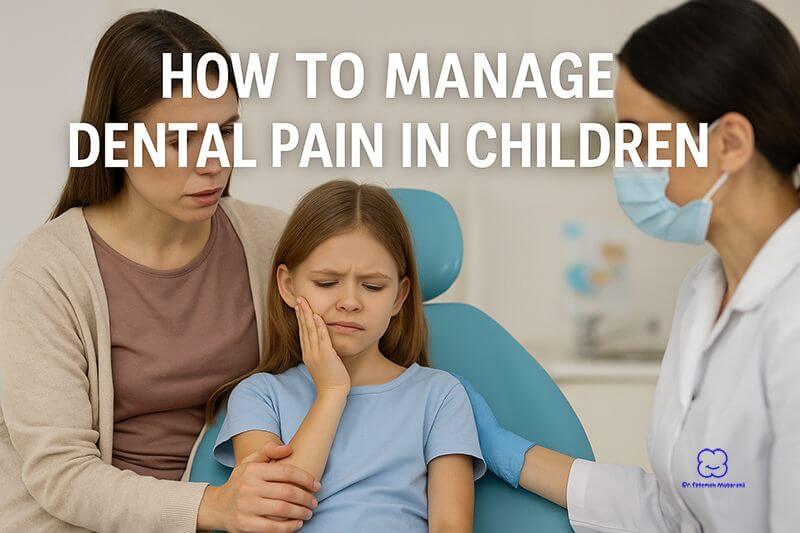As parents, you want the best for your children—including a healthy, beautiful smile. When a child needs orthodontic treatment, braces for kids become a valuable tool for shaping their future oral health and confidence. Understanding why braces are needed, the types available, and the treatment process can help you make an informed and heart-centered decision for your child.
Why Your Child Might Need Braces?
From their first baby tooth, your child’s dental journey is crucial to their overall health. Unfortunately, some children experience misalignment issues, which can lead to long-term dental and even self-esteem problems. Common reasons why braces are essential include:
- Crowded Teeth: Misaligned or crowded teeth make it difficult for children to clean properly, increasing the risk of cavities and gum disease. Braces straighten and realign the teeth, promoting lifelong oral health.
- Bite Issues: If your child has an overbite, underbite, or crossbite, braces help correct jaw alignment. Without intervention, these issues can lead to speech problems, difficulty chewing, and abnormal jaw growth. Addressing these early prevents more severe complications as they grow older.
- Gaps Between Teeth: Some children naturally develop gaps between their teeth, which may not close on their own. Braces gently close these gaps, giving your child a flawless smile that can boost their confidence.
Your child’s oral health is more than just a functional necessity—it’s linked to their self-esteem. Children with noticeable dental problems may experience teasing or feel embarrassed about their smiles. The earlier you address orthodontic issues, the sooner your child will feel comfortable and confident.
When Should Kids Get Braces?
The best age for a child to get braces is typically between 8 and 14 years old, when their permanent teeth have mostly come in. This period is also when the jaw is still growing, making it easier to guide the teeth into their proper positions. Early consultations around age 7 allow for timely treatment that can minimize more significant issues down the road.
As parents, it’s natural to feel unsure about the best time for orthodontic treatment. That’s why regular dental check-ups are crucial for spotting potential alignment issues early on. The moment your child starts feeling insecure about their teeth, it’s time to explore options that could reshape both their smile and confidence.
Types of Braces for Kids
There are several orthodontic options designed to meet different needs and preferences. Choosing the right one for your child depends on factors like the complexity of their dental issue, your budget, and their comfort level. Here’s a look at the main types of braces for kids:
- Traditional Metal Braces: Metal braces are the most common and time-tested solution for children. These braces use metal brackets and wires, which are adjusted over time to move teeth into the right position. For younger children, colorful bands can be added, making the experience more fun.
- Why Choose This Option?: Metal braces are highly effective for even the most severe alignment issues and are the most affordable option.
- Consider This: While they’re durable, metal braces are visible, which may affect how your child feels about wearing them.
- Ceramic Braces: Ceramic braces work similarly to metal braces, but the brackets are made of tooth-colored materials, making them less noticeable.
- Why Choose This Option?: These braces are more discreet than metal ones while offering the same effectiveness.
- Consider This: Ceramic braces tend to stain more easily if not cleaned properly and are typically more expensive.
- Lingual Braces: These are placed on the inner side of the teeth, making them invisible from the outside.
- Why Choose This Option?: Lingual braces are perfect for kids who feel self-conscious about having visible braces.
- Consider This: They can be more challenging to clean and may take some time to get used to.
- Invisalign (Clear Aligners): For older kids and teens, Invisalign is a popular option. These removable, clear aligners are custom-made to fit your child’s teeth and gradually shift them into place.
- Why Choose This Option?: They’re nearly invisible and allow your child to eat and brush their teeth with ease.
- Consider This: Clear aligners require discipline to wear them for at least 20-22 hours a day. They’re not suitable for severe misalignment issues and are the most expensive option.
The Process of Getting Braces for Kids
Getting braces is a journey, but one that leads to lasting benefits. Here’s an overview of the process:
- Consultation and Evaluation: Your child’s orthodontist will assess their teeth and bite through X-rays, photographs, and dental impressions. This evaluation helps determine the best treatment plan.
- Braces Fitting: Once the treatment is planned, the braces are applied. This process typically takes about one to two hours, and while your child might feel some discomfort initially, the adjustment period is usually short.
- Regular Adjustments: Every 4 to 6 weeks, you’ll return to the orthodontist for adjustments. These visits ensure that the braces are working properly and that the teeth are moving into the desired position.
- Completion and Retainers: Once the teeth are aligned, the braces will be removed, and your child will be given a retainer to wear. Retainers help maintain the new position of the teeth and prevent them from shifting back.
Throughout this process, your child may feel discomfort or worry about their appearance. As a parent, it’s important to offer support, reminding them of the long-term benefits and the beautiful smile they’ll soon have. Encouraging good oral hygiene habits and positive reinforcement can make a big difference in their experience.
Caring for Braces
Proper care is essential to ensure the treatment progresses smoothly. Children must brush after every meal and floss daily to avoid plaque buildup, which can lead to cavities or staining around the brackets.
Here are some quick tips:
- Use a soft-bristle toothbrush and fluoride toothpaste.
- Avoid sticky, chewy, or hard foods that can damage the braces.
- Schedule regular dental cleanings to keep their mouth in optimal condition.
By instilling these habits, you not only safeguard the braces but also teach your child lifelong dental hygiene.
Costs of Braces for Kids
The cost of braces for kids can vary depending on the type and complexity of the treatment. Metal braces are generally the most affordable, while Invisalign and lingual braces are on the higher end of the spectrum. On average, braces for kids can range from $3,000 to $7,000.
At our pediatric dental clinic in Mirdif, Dubai, we understand that orthodontic treatment is an investment in your child’s future. That’s why we offer flexible payment options to fit every budget, making high-quality care accessible for all families.
The Right Choice for Your Child
Deciding to get braces for your child is a major step, but one that will give them lasting benefits. A straight, healthy smile improves both oral health and self-esteem, giving your child the confidence to face the world with pride.
At our pediatric dental clinic, we specialize in braces for kids, providing gentle, compassionate care that makes the experience as comfortable as possible. Our team of expert orthodontists is here to guide you through every step of the process, ensuring that your child receives the best treatment tailored to their needs.
Give your child the gift of a perfect smile—schedule a consultation with us today and discover how braces can change their life!
FAQ
What is the best age for a child to get braces?
Most children get braces between 8-14 years old, once permanent teeth have come in.
How much do braces for kids cost?
Costs vary based on the type of braces and treatment length, generally ranging from $3,000 to $7,000.
Are braces painful for kids?
Some discomfort is normal when braces are first applied or adjusted, but it’s usually manageable.
How do I know if my child needs braces?
Signs include crooked teeth, bite issues, or overcrowding, but an orthodontist can provide a definitive answer through an assessment.

